Audi 2008 Annual Report Download - page 23
Download and view the complete annual report
Please find page 23 of the 2008 Audi annual report below. You can navigate through the pages in the report by either clicking on the pages listed below, or by using the keyword search tool below to find specific information within the annual report.-
 1
1 -
 2
2 -
 3
3 -
 4
4 -
 5
5 -
 6
6 -
 7
7 -
 8
8 -
 9
9 -
 10
10 -
 11
11 -
 12
12 -
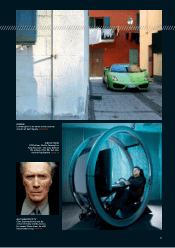 13
13 -
 14
14 -
 15
15 -
 16
16 -
 17
17 -
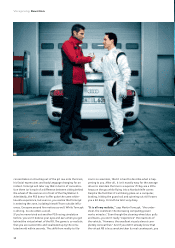 18
18 -
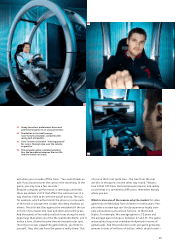 19
19 -
 20
20 -
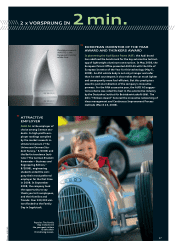 21
21 -
 22
22 -
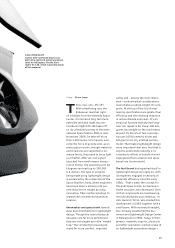 23
23 -
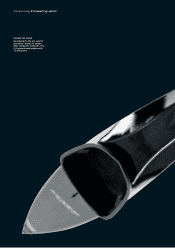 24
24 -
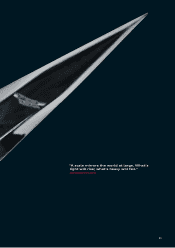 25
25 -
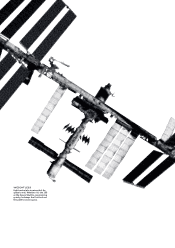 26
26 -
 27
27 -
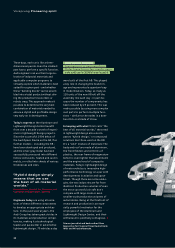 28
28 -
 29
29 -
 30
30 -
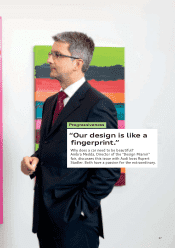 31
31 -
 32
32 -
 33
33 -
 34
34 -
 35
35 -
 36
36 -
 37
37 -
 38
38 -
 39
39 -
 40
40 -
 41
41 -
 42
42 -
 43
43 -
 44
44 -
 45
45 -
 46
46 -
 47
47 -
 48
48 -
 49
49 -
 50
50 -
 51
51 -
 52
52 -
 53
53 -
 54
54 -
 55
55 -
 56
56 -
 57
57 -
 58
58 -
 59
59 -
 60
60 -
 61
61 -
 62
62 -
 63
63 -
 64
64 -
 65
65 -
 66
66 -
 67
67 -
 68
68 -
 69
69 -
 70
70 -
 71
71 -
 72
72 -
 73
73 -
 74
74 -
 75
75 -
 76
76 -
 77
77 -
 78
78 -
 79
79 -
 80
80 -
 81
81 -
 82
82 -
 83
83 -
 84
84 -
 85
85 -
 86
86 -
 87
87 -
 88
88 -
 89
89 -
 90
90 -
 91
91 -
 92
92 -
 93
93 -
 94
94 -
 95
95 -
 96
96 -
 97
97 -
 98
98 -
 99
99 -
 100
100 -
 101
101 -
 102
102 -
 103
103 -
 104
104 -
 105
105 -
 106
106 -
 107
107 -
 108
108 -
 109
109 -
 110
110 -
 111
111 -
 112
112 -
 113
113 -
 114
114 -
 115
115 -
 116
116 -
 117
117 -
 118
118 -
 119
119 -
 120
120 -
 121
121 -
 122
122 -
 123
123 -
 124
124 -
 125
125 -
 126
126 -
 127
127 -
 128
128 -
 129
129 -
 130
130 -
 131
131 -
 132
132 -
 133
133 -
 134
134 -
 135
135 -
 136
136 -
 137
137 -
 138
138 -
 139
139 -
 140
140 -
 141
141 -
 142
142 -
 143
143 -
 144
144 -
 145
145 -
 146
146 -
 147
147 -
 148
148 -
 149
149 -
 150
150 -
 151
151 -
 152
152 -
 153
153 -
 154
154 -
 155
155 -
 156
156 -
 157
157 -
 158
158 -
 159
159 -
 160
160 -
 161
161 -
 162
162 -
 163
163 -
 164
164 -
 165
165 -
 166
166 -
 167
167 -
 168
168 -
 169
169 -
 170
170 -
 171
171 -
 172
172 -
 173
173 -
 174
174 -
 175
175 -
 176
176 -
 177
177 -
 178
178 -
 179
179 -
 180
180 -
 181
181 -
 182
182 -
 183
183 -
 184
184 -
 185
185 -
 186
186 -
 187
187 -
 188
188 -
 189
189 -
 190
190 -
 191
191 -
 192
192 -
 193
193 -
 194
194 -
 195
195 -
 196
196 -
 197
197 -
 198
198 -
 199
199 -
 200
200 -
 201
201 -
 202
202 -
 203
203 -
 204
204 -
 205
205 -
 206
206 -
 207
207 -
 208
208 -
 209
209 -
 210
210 -
 211
211 -
 212
212 -
 213
213 -
 214
214 -
 215
215 -
 216
216 -
 217
217 -
 218
218 -
 219
219 -
 220
220 -
 221
221 -
 222
222 -
 223
223 -
 224
224 -
 225
225 -
 226
226 -
 227
227 -
 228
228 -
 229
229 -
 230
230 -
 231
231 -
 232
232 -
 233
233 -
 234
234 -
 235
235 -
 236
236 -
 237
237 -
 238
238 -
 239
239 -
 240
240 -
 241
241 -
 242
242 -
 243
243 -
 244
244 -
 245
245 -
 246
246 -
 247
247 -
 248
248 -
 249
249 -
 250
250 -
 251
251 -
 252
252 -
 253
253 -
 254
254 -
 255
255 -
 256
256 -
 257
257 -
 258
258 -
 259
259 -
 260
260 -
 261
261
 |
 |

LIGHTWEIGHT
Carbon fiber-reinforced plastics are
both ultra-light and extremely robust.
Ideal for helicopters like the Euro-
copter EC 135, which is partially made
of this material.
hree, two, one…lift-off!
With a deafening roar, the
Endeavour launches right
on schedule from the Kennedy Space
Center. Its immense fiery tail illumi-
nates the jet-black night sky over
Florida as Flight STS-126 takes off
on its scheduled journey to the Inter-
national Space Station (ISS) in mid-
November 2008. On take-off more
than 2,000 metric tons have to over-
come the force of gravity. And, as on
every space mission, though materials
and structures are subjected to im-
mense forces, they need to be as light
as a feather. After all, every gram
launched from earth means money –
lots of money. The launching cost per
kilogram can reach up to 100,000
U.S. dollars. The type of progress
being made using lightweight design
is evidenced by the midsection of the
Space Shuttle’s body, where engineers
have been able to achieve a 45 per-
cent reduction in weight by using
innovative, fiber-reinforced alloys to
replace the conventional aluminum
solution.
Aeronautics and space travel have al-
ways been trendsetters in lightweight
design. Though the issues facing car
designers are far more earthbound,
they are also caught up in the “weight
trap.” The constantly increasing de-
mand for more comfort, improved
Copy Klaus Jopp
T
safety and – among the most impor-
tant – environmental considerations
necessitates a radical weight-loss pro-
gram. At the top of the list of engi-
neering specifications are greater fuel
efficiency and the resulting reduction
in carbon dioxide emissions. It’s an
empirical formula that any Audi engi-
neer can repeat in his sleep: 100 kilo-
grams less weight on the road means
about 0.35 liters less fuel consump-
tion per 100 kilometers driven and
8.8 grams less CO2emitted per kilo-
meter. That makes lightweight design
more important than ever. And that is
why the automobile industry is in-
creasing its efforts to transfer knowl-
edge gained from aviation and space
travel into its own world.
The Audi brand distinguished itself in
lightweight design very early on, with
its engineers engaged in the area of
materials efficiency since the early
1980s. “That’s when the concept for
the Audi Space Frame, an aluminum
frame structure, was developed. Even
its flat components are load-bearing,
revolutionizing the auto industry,” re-
calls Heinrich Timm, who started this
development in 1983 together with a
small team. With visionary foresight,
the company established the Alu-
minum and Lightweight Design Center
in Neckarsulm in 1994. Today, 170 en-
gineers, materials experts, physicists
and other specialists conduct research
on lightweight automotive design
19
